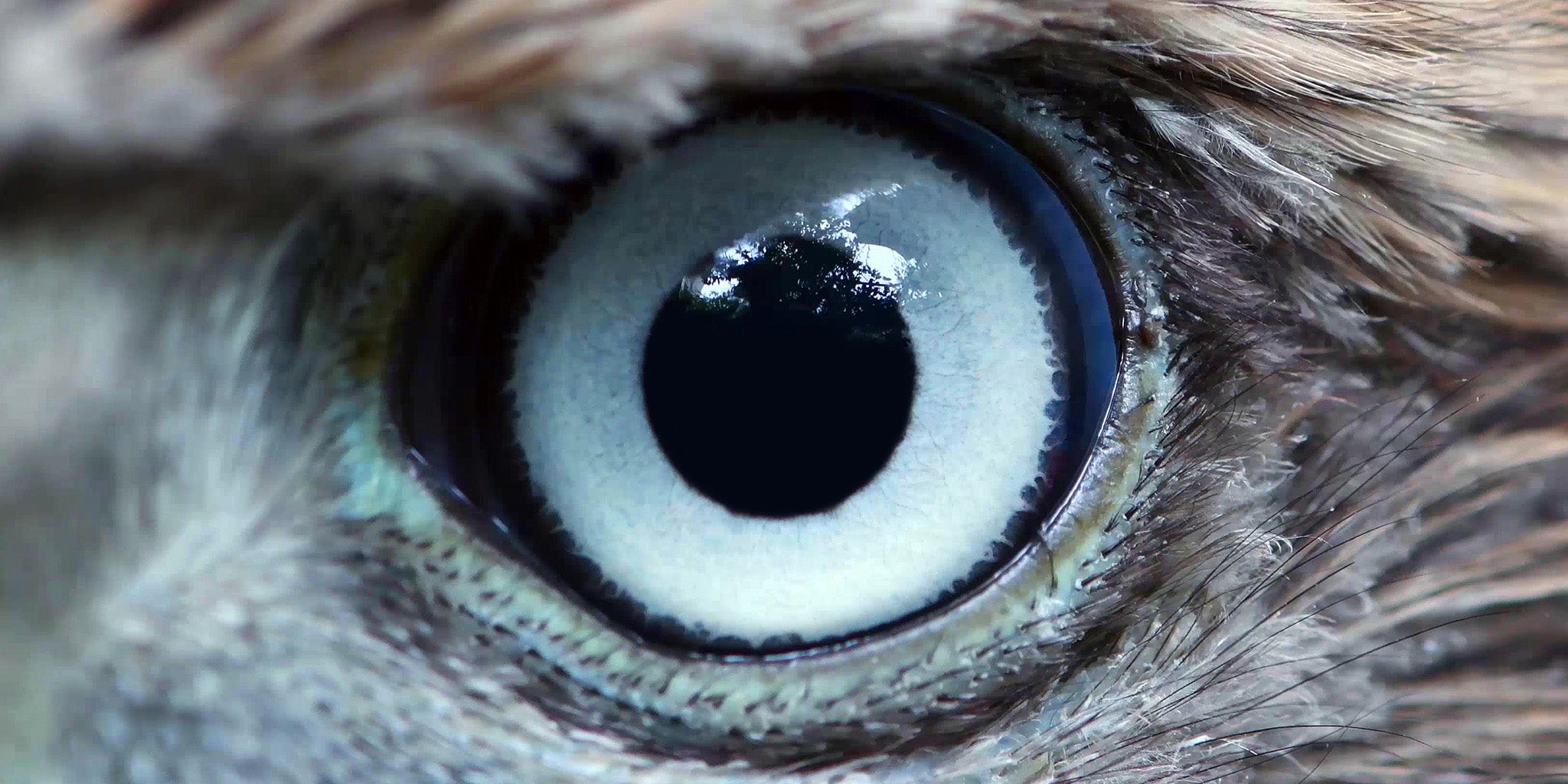Color Vision
Many bird species have superior color vision compared to humans. Birds can see a wider range of colors, including ultraviolet light, which is invisible to humans. This ability helps birds differentiate between objects, spot food sources, and recognize potential mates.
Acute Visual Acuity
Birds have excellent visual acuity, allowing them to see fine details from great distances. Raptors, such as eagles and hawks, have some of the sharpest vision in the animal kingdom, enabling them to spot prey from high altitudes.
Binocular Vision
Birds of prey and some other bird species have binocular vision, where both eyes work together to provide depth perception and accurate distance estimation. This is crucial for predators to precisely locate and capture their prey.
360-Degree Vision
Some birds, like owls, have the ability to rotate their heads almost 360 degrees due to their specialized neck structure. This allows them to scan their surroundings without moving their bodies, enhancing their overall field of vision.
Visual Field
Birds generally have a wider visual field than humans. While humans have around 180 degrees of vision, some bird species, such as pigeons, can see up to 340 degrees without moving their eyes, making them more aware of potential threats or predators.
Nictitating Membrane
Birds have a third eyelid called a nictitating membrane that helps protect their eyes while maintaining visibility. This translucent membrane can sweep across the eye quickly, keeping the cornea moist and clear during flights or while hunting.
Polarized Light Detection
Certain bird species, like passerines, can detect polarized light patterns in the sky that are invisible to human eyes. This ability helps birds orient themselves during migration, navigate accurately, and avoid getting lost in varying light conditions.
Keen Motion Detection
Birds are highly sensitive to motion, allowing them to detect even subtle movements in their surroundings. This adaptive feature helps birds identify potential threats, locate prey, and react quickly to changes in their environment.
Adaptations for Flight
Birds' visual systems are finely tuned for high-speed flight and aerial maneuvers. They can process visual information rapidly, adjust their flight paths swiftly, and navigate complex aerial environments with precision.
Predator and Prey Detection
Birds use their acute vision to spot predators from afar and evade capture. Conversely, predators rely on their keen eyesight to locate prey, judge distances accurately, and execute successful hunting strategies.
Communication and Mate Selection
Visual signals play a crucial role in bird communication and mate selection. Bright plumage colors, elaborate courtship displays, and visual cues help birds attract mates, establish territories, and communicate effectively with conspecifics.
Adaptive Evolution
The exceptional visual capabilities of birds have evolved over millions of years to suit their diverse ecological niches and survival needs. Visual adaptations have played a significant role in shaping bird behaviors, feeding habits, and social interactions.


